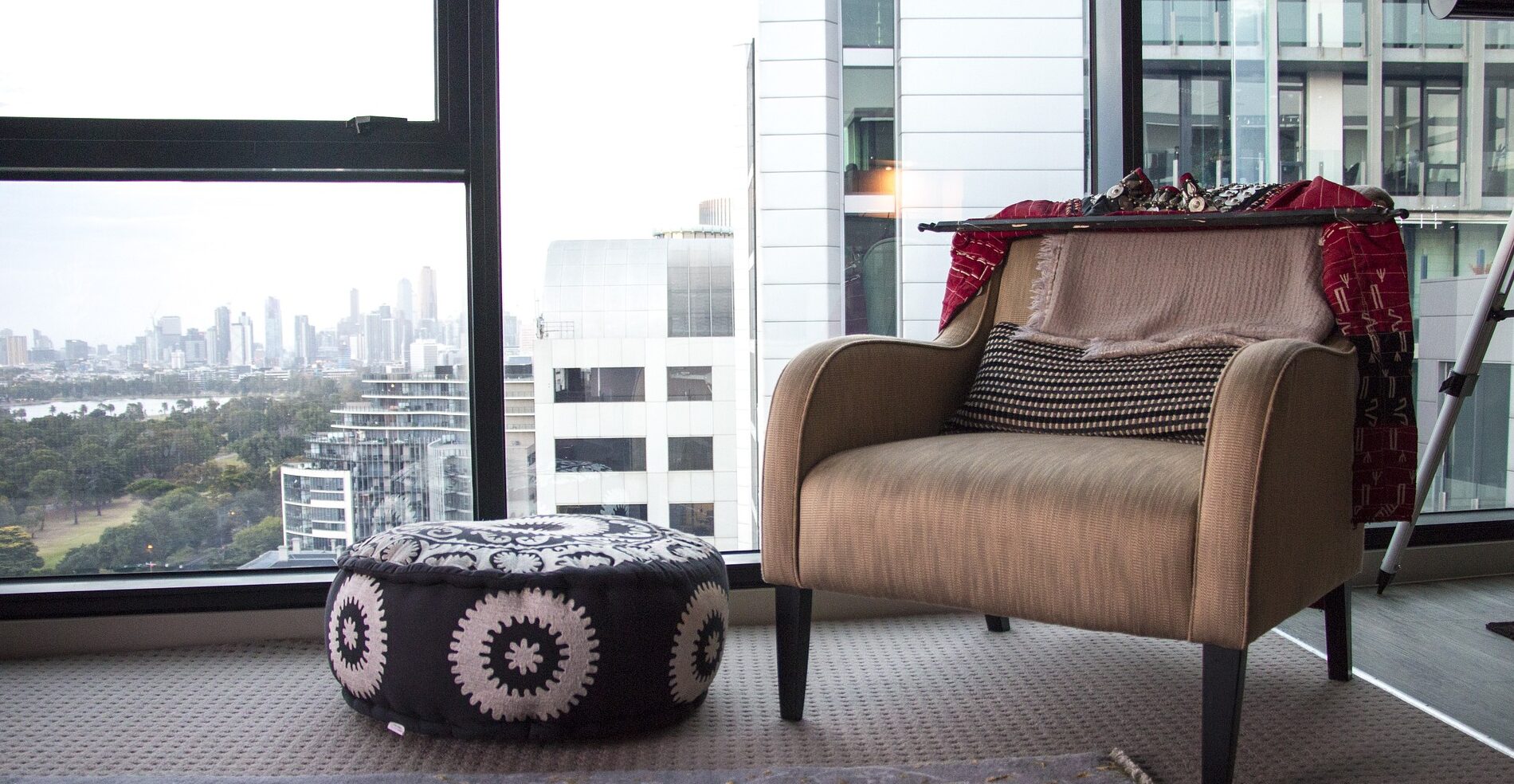A commonly held belief in urban planning circles is that detached housing is quintessential to the “Australian Dream”. But this begs the question – if money wasn’t a factor, do Australians still prefer to live in detached housing?
This isn’t a question that is regularly surveyed in the national media but I did find three recent national preference surveys (AHURI, Genworth and Bankwest). For each of these, I have forced one of three options (detached, semi-detached and apartments) for surveys that allowed a “no preference” or “other” response. I would also note that while Genworth didn’t explicity impose an income or price constraint, these surveys were conducted in the context of prospective home buyers.
What the surveys seem to indicate consistently is that detached housing is still the overwhelming preference of housing type, of around 60-70% of the Australian population. Semi-detached housing holds steady at around 10-15%, with apartments favoured from 15-30% of the population, depending on the survey.
Does it match reality?
Surprisingly (for me at least, or maybe I've been on Twitter too long) this is fairly similar to what the 2021 Census results report for Australia:

I also managed to find 4 different city-based preference surveys (SGS, Swinburne, Curtin, UQ) conducted at different times in the past decade - again, asking for dwelling type preferences sans cost considerations.
[Author's Note: Each survey was created differently and for different purposes and there isn't necessarily much point comparing city by city, so I haven't flattened the results or forced a choice this time.]
Yet again, when compared against the latest census results, they more or less tend to track with the actual proportion of dwelling types occupied by residents in each city.
So what does this all mean? Not much really, other than the fact that people seem to be broadly successful in seeking out the types of dwelling structure they want in their local housing markets. This obviously belies the fact that there are obviously other major issues that exist in the Australian housing market such as quality/affordability/location/forced-automobility etc.
So what happens when you actually consider price?
What is interesting however, is the recent CIE study released a few weeks ago for Infrastructure Victoria which adds pricing into the mix. It builds on a report conducted by Grattan in 2011 and both were modelled choice simulations to assess how people might behave in response to certain trade-offs they were required to make (one example might be, say, similar priced housing, but living in a non-preferred dwelling structure).
Being only interested in dwelling structure (at least for this article), I've gone straight to the logit model coefficient outputs for both studies rather than any of the commentary and at least when comparing like-for-like in Melbourne, the ~60% preference for detached housing actually falls to around ~40% once cost trade offs are included as factors.
Both tables below reference only the Melbourne population studies.
| Grattan (2011) | Buyers (Log Odds; Pref.) | Sig.? | Renters (Log Odds; Pref.) | Sig.? |
| Detached | 0.7586; 40.7% | Yes | 0.7741; 42.8% | Yes |
| Semi-Detached | 0.4656; 30.4% | Yes | 0.3352; 27.6% | Yes |
| 2-3 Storey Apartment | Ref cat.; 19.1% | Ref cat.; 19.8% | ||
| 4+ Storey Apartment | -0.6597; 9.9% | Yes | -0.7001; 9.9% | Yes |
| CIE (2022) Class 1 - Dwelling Type Focussed | Buyers (Log Odds; Pref.) | Sig.? | Renters (Log Odds; Pref.) | Sig.? |
| Detached | 1.4556; 43.9% | Yes | 0.2396; 23.6% | No |
| Semi-Detached | 0.6657; 19.9% | Yes | 0.1110; 20.7% | No |
| 2-3 Storey Apartment | 0.3970; 15.2% | Yes | 0.1364; 21.3% | No |
| 4-10 Storey Apartment | 0.0419; 10.7% | No | -0.1591; 15.8% | No |
| 11+ Storey Apartment | Ref cat.; 10.2% | Ref cat.; 18.6% |
So does this mean we should be pumping out more apartments and townhouses in Sydney and Melbourne? Not necessarily.
A quintessential factor in the drop is price - people will still buy detached dwellings if price competitive, and at least for the CIE study, the relative importance of dwelling type is fairly low if housing is located where people want to live.
